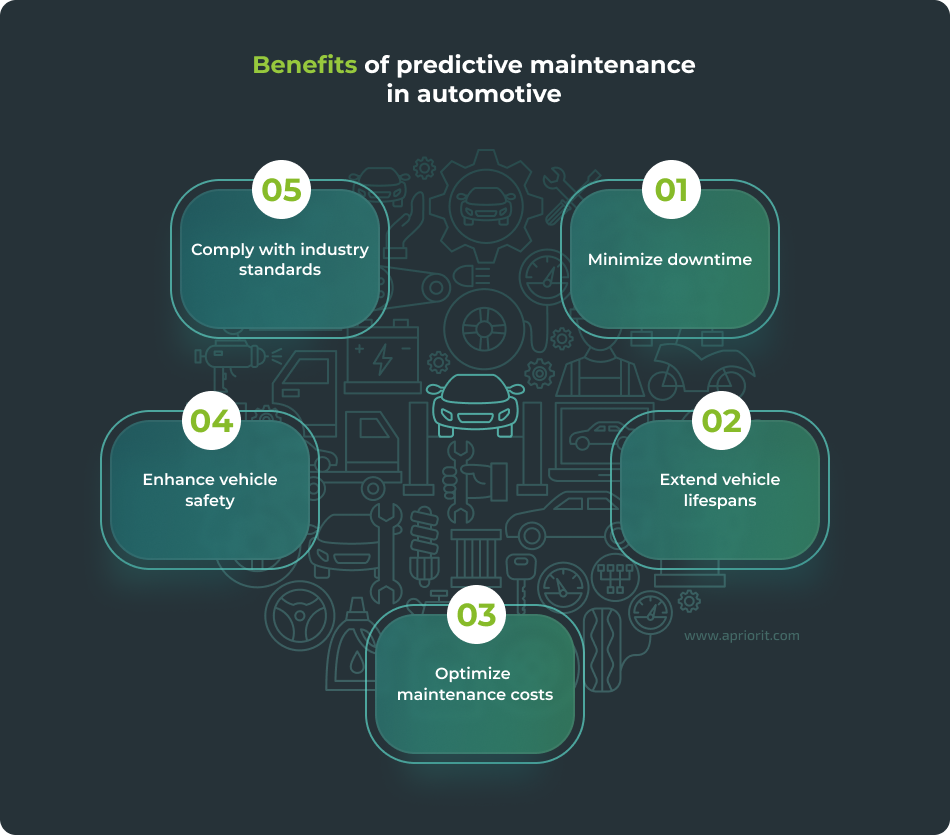The Crystal Ball for Your Machinery: Key Technologies Driving Modern Predictive Maintenance
Predictive Maintenance (PdM) has evolved far beyond simple scheduled checks. In the age of Industry 4.0, a confluence of powerful technologies has transformed PdM from a theoretical ideal into a mandatory, money-saving, and safety-enhancing reality.
It’s no longer about waiting for a failure—it’s about precisely predicting the Remaining Useful Life (RUL) of an asset. Here are the four key technology pillars that are driving the success of modern PdM programs:

1. The Internet of Things (IoT) & Smart Sensors
The foundation of any successful PdM program is data, and the Industrial Internet of Things (IIoT) is the tireless engine that collects it.
- Continuous, Real-Time Monitoring: Smart, cost-effective sensors (for vibration, temperature, acoustic emissions, pressure, etc.) are deployed on critical assets to capture performance data 24/7. This moves maintenance from a periodic snapshot to a continuous video stream.
- The Data Stream: These sensors feed massive, high-frequency data streams into the system. This wealth of information reveals subtle anomalies—like a minute change in a motor’s vibration frequency or a gradual temperature rise—that a human inspector would never catch.
- Connectivity: Wireless networking, often enhanced by 5G for ultra-low latency, ensures that this crucial data is transmitted immediately from the plant floor to the analysis engine.
2. Artificial Intelligence (AI) and Machine Learning (ML)
The raw data collected by IoT sensors is useless without the intelligence to interpret it. This is where AI and ML step in as the “brain” of the PdM system.
- Anomaly Detection: ML algorithms are trained on historical data, allowing them to learn the “normal” operating parameters of a machine. When new, real-time data deviates even slightly from this established pattern, the AI flags it as an anomaly, often long before a physical symptom appears.
- Failure Prediction & RUL: More advanced ML techniques, like deep learning neural networks, can analyze complex, multi-variable sensor data to not only predict that a failure will occur, but when. This provides maintenance teams with the precise window of time needed to schedule a fix.
- Root Cause Analysis: AI can correlate failure events with specific operational and environmental conditions (e.g., higher stress loads, extreme temperatures) to help diagnose the underlying issue automatically.
3. Edge Computing and Cloud Analytics
Processing massive amounts of real-time sensor data presents a challenge. Should all the data be sent to the cloud, or should it be processed locally? The answer is often both, thanks to Edge Computing.
- Edge Computing (The Quick Responder): Small, powerful computers placed near the equipment process the immediate, high-frequency sensor data right on the factory floor. This enables real-time anomaly detection and critical alerts with almost zero latency—essential for safety and high-speed processes.
- Cloud Analytics (The Deep Learner): Less time-critical data is sent to the central cloud platform for large-scale storage and deep analysis. The cloud is where the long-term historical data is housed, and where AI models are trained and improved to become more accurate over time.
4. Digital Twins and Immersive Tech (AR/VR)
These technologies take the insights from the core PdM system and turn them into actionable, visual plans.
- Digital Twins: This is a virtual replica of a physical asset (a pump, a turbine, an entire factory floor). The digital twin is constantly updated with real-time data from the physical asset. It allows engineers to:
- Simulate: Run predictive scenarios, like increasing production speed, to see the stress impact without risking the real machinery.
- Visualize: View the asset’s health and RUL in a rich 3D environment.
- Augmented Reality (AR): When an anomaly is flagged, AR tools (like smart glasses) empower the field technician. They can overlay sensor data, step-by-step repair instructions, and historical fault data directly onto the physical machine they are looking at, minimizing errors and speeding up complex repairs.
The Takeaway
The modern Predictive Maintenance program is a powerful loop: IoT collects the data, Edge Computing provides immediate action, AI/ML predicts the future, and Digital Twins/AR make the maintenance intervention precise and efficient. By embracing these four pillars, companies can transition from costly reactive maintenance to an optimized, data-driven operational strategy.
Ready to move beyond calendar-based maintenance?
What is the biggest challenge your organization faces in adopting AI-driven Predictive Maintenance?
